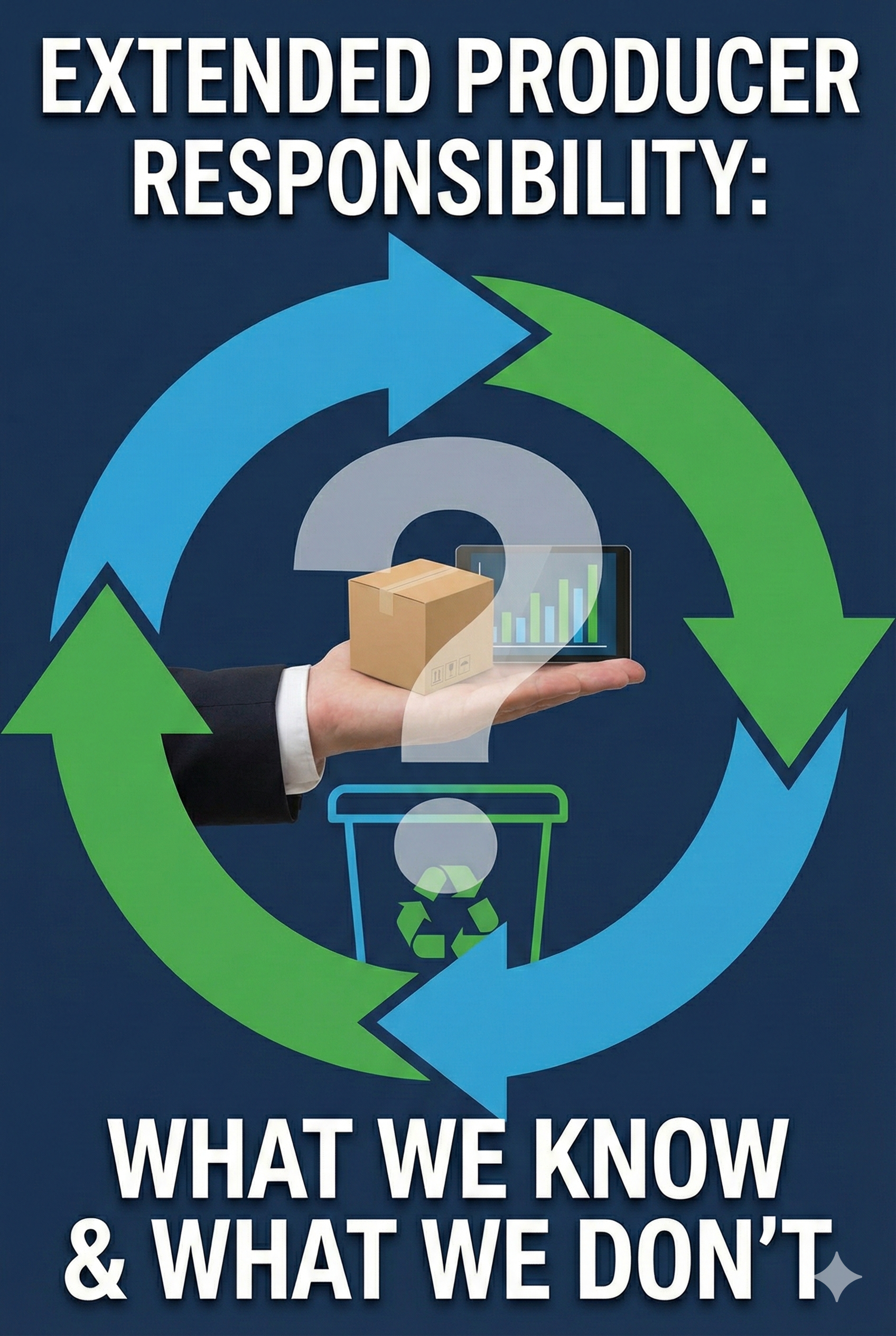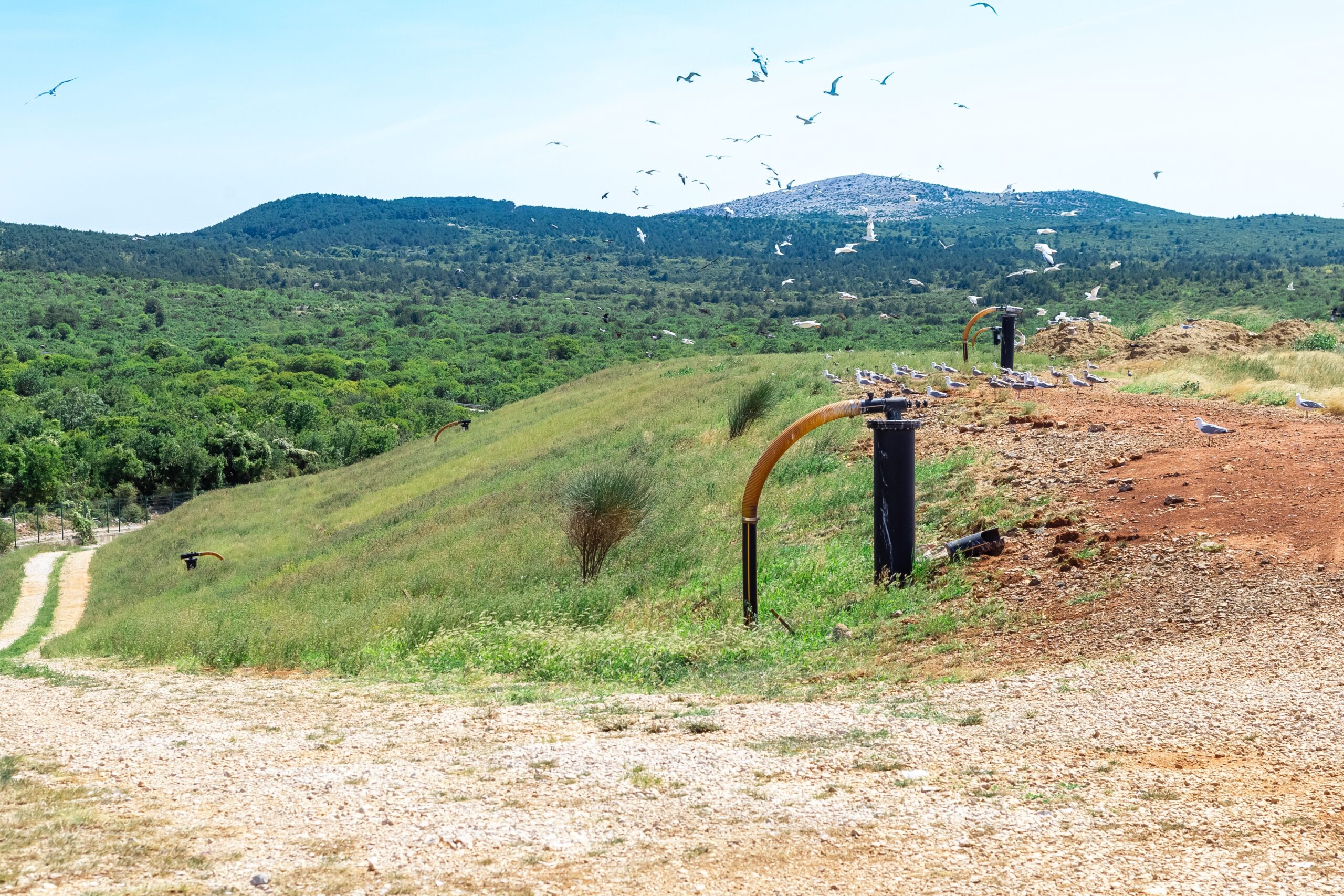Estimate Impacts of Fugitive Landfill Gas Emissions and Review of Literature on PFAS Emissions
Recently, there have been a few publications that document the presence of volatile PFAS in landfill gas (LFG). In addition, current research by Morton Barlaz and co-workers has documented the distribution of PFAS in LFG at ~30 landfills across the U.S. While there is considerable variability between landfills, the presence of PFAS in LFG has been established. It is thus possible that questions will arise as to the impact of PFAS in fugitive LFG on people working at the landfill and living in areas that are downwind, as well as impacts on local soils and vegetation. Given the ubiquitous nature of these compounds, it is important to understand the contribution of landfills, both in total and relative to the contributions from other sources. The overall objective of the desired work is to develop information for landfill owners on the potential impacts of PFAS in LFG emissions.
Specific objectives are to:
- Develop a series of 3 to 5 hypothetical or actual landfill topographies that are representative of a range of landfill topographies. Use these scenarios to model downstream PFAS concentrations at potentialpoints of exposure (e.g., site boundary, adjacent or nearby residential housing, soils). Estimate human exposure from LFG as a fraction of exposure from other pathways.
- Conduct a literature review to provide an inventory of estimated gaseous emissions of PFAS fromvarious industries in the U.S. and globally to put landfill emissions in context. An estimate of U.S.PFAS LFG emissions will be available in September or sooner. In addition, review and summarizeavailable literature on atmospheric PFAS concentrations to further contextualize potential landfillsources on known atmospheric PFAS mass. The review should also identify sources of volatile PFAS for which no emissions information is available (e.g., compost operations).
Research Partner: Gradient
Funding: $114,450





